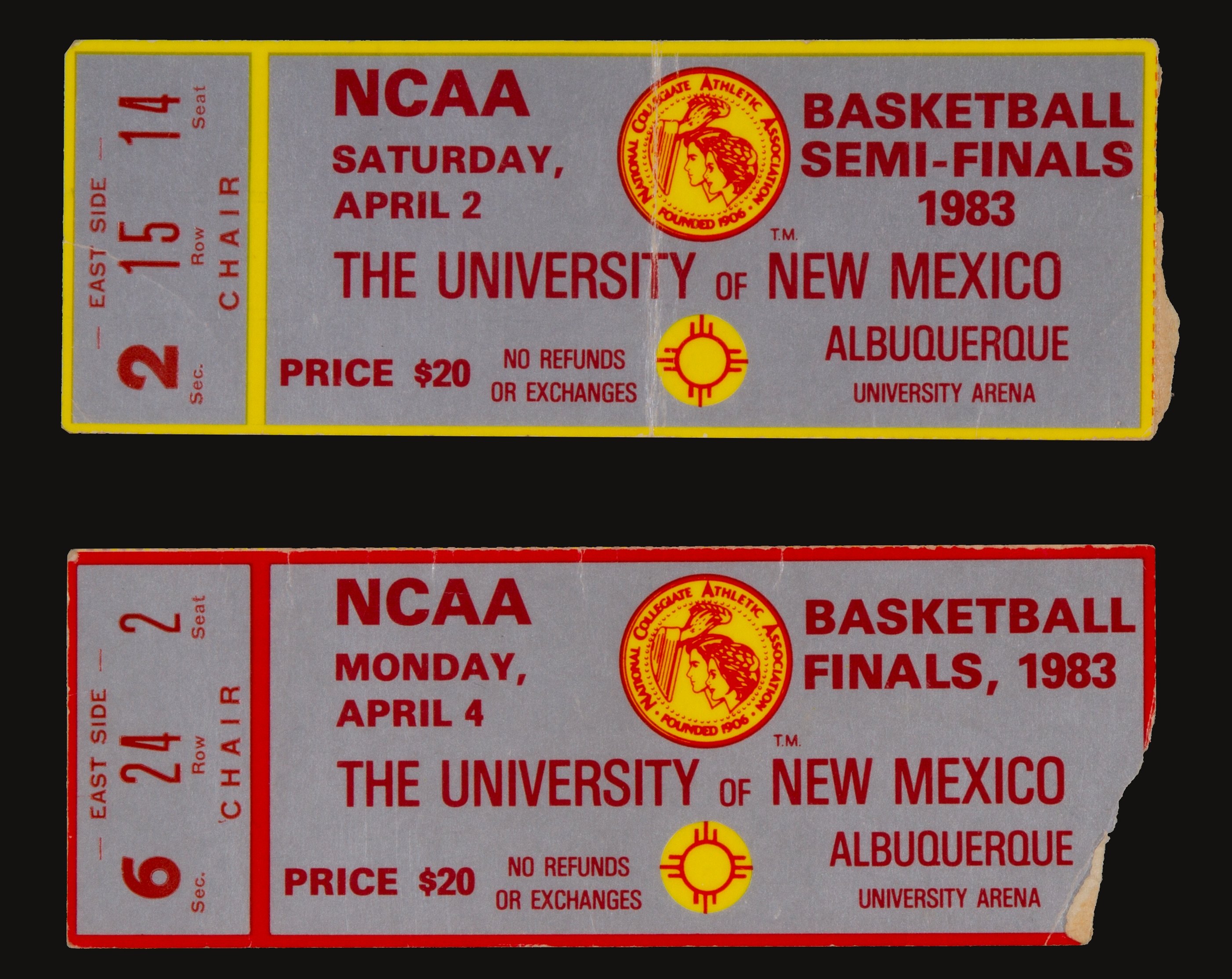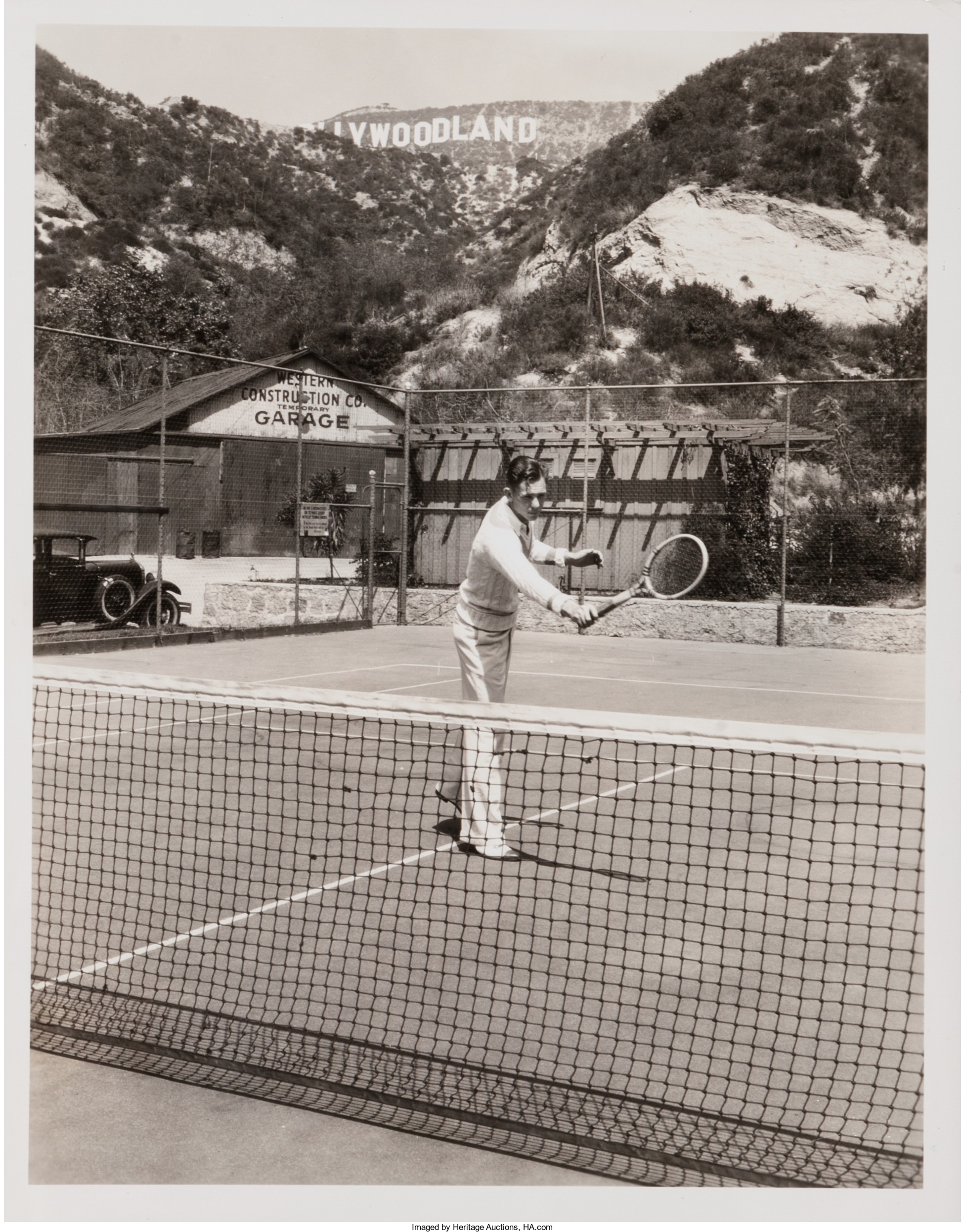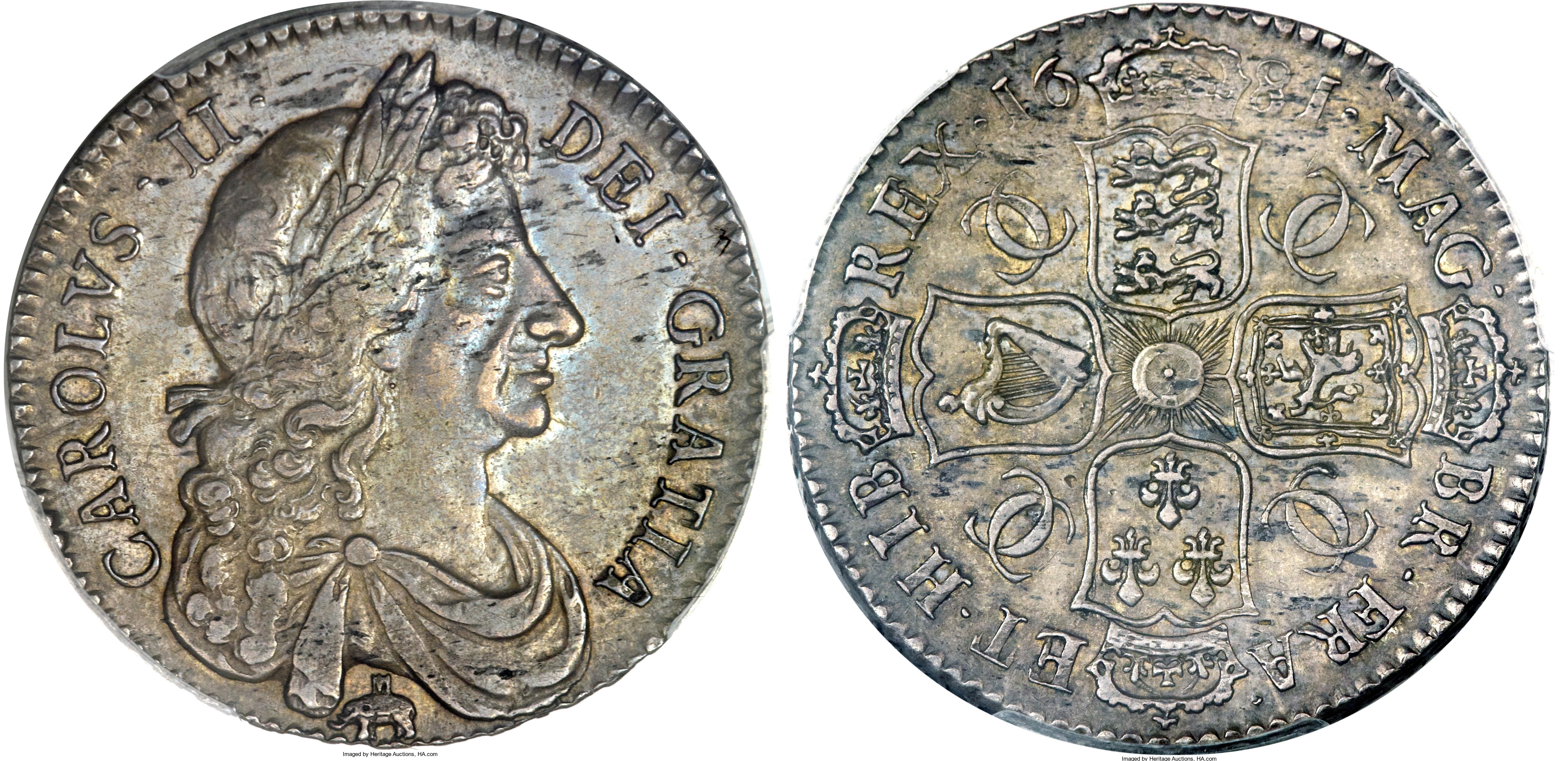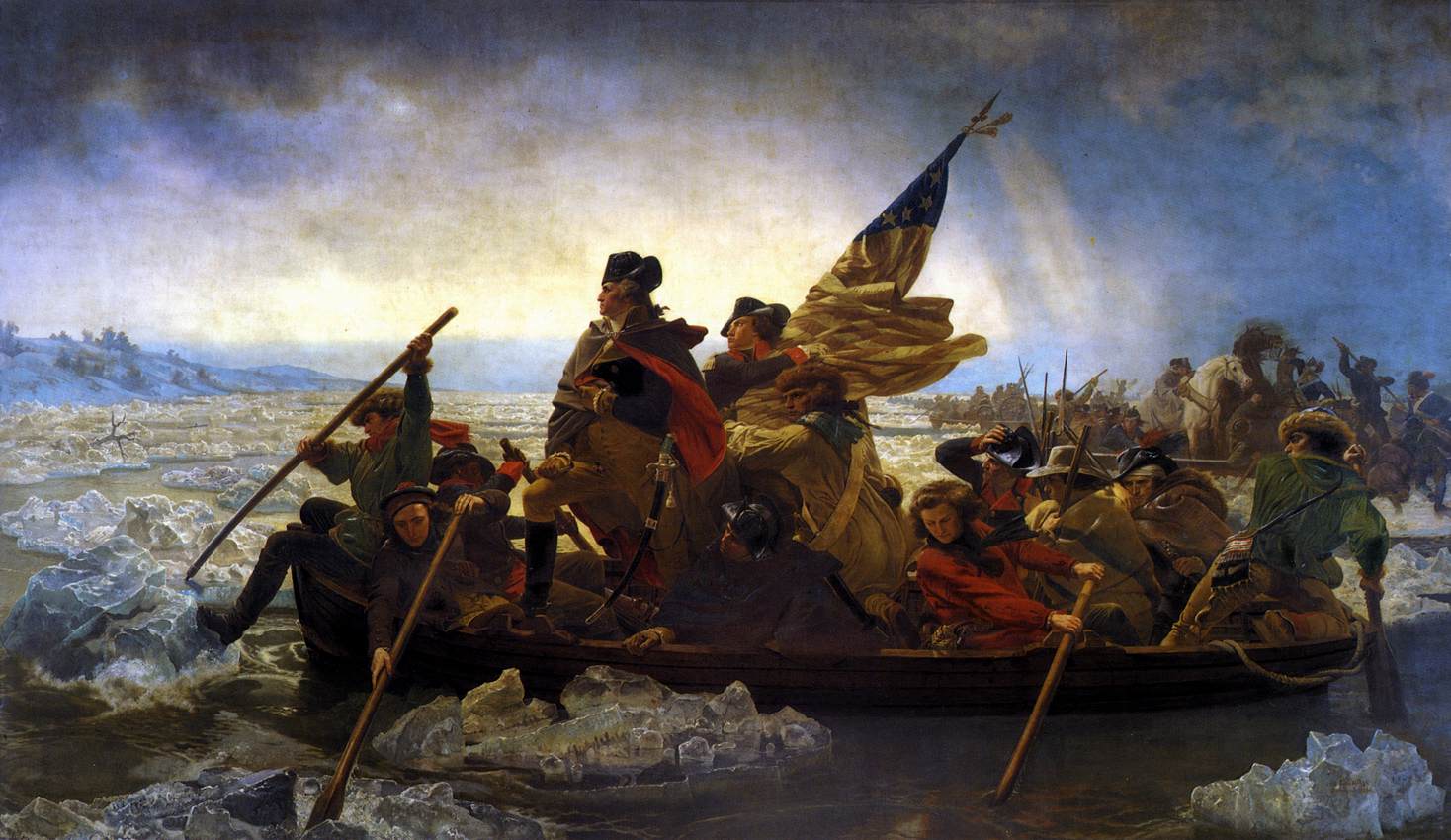
By Jim O’Neal
When the 1983 NCAA regular season ended, Houston was an almost unanimous choice for the nation’s top spot. The Cougars sported a record of 27-2 and were 16-0 in the Southwest Conference.
Coach Guy Lewis had an awesome team with the most intimidating front court in college basketball. One forward was certified All-American Clyde “The Glide” Drexler, a 6-6 leader whose body control would have astonished Rubber Man. The other forward was 6-9 Larry “Mr. Mean” Micheaux and at center was 7-foot Akeem Abdul Olajuwon.
They called their act the “Phi Slama Jama,” a fraternity of slam dunk artists nonpareil.
After a “boring win” (Coach Lewis) over Maryland, Houston intimidated Memphis State and then decimated Villanova for their 25th consecutive win. Houston, a surprise visitor to the previous year’s Final Four, was headed back to face the Louisville Cardinals in the semifinals.
The Final Four met in Albuquerque, N.M. – a city with a mile-high elevation – and the sportscasters kept telling everyone the oxygen was so thin that everyone would get very tired.
Houston’s game against Louisville was already being touted as the tournament championship game, since the other two Final Four teams, Georgia and North Carolina State, had lost 19 regular-season games between them.
The semifinal match-up of such improbables caused some to call it the “Cinderella Bowl” while others referred to it as the “jayvee prelim before the varsity game.” Even NC State Coach Jim Valvano conceded the winner would definitely be the underdog in the championship game. But, his star guard Dereck Whittenburg added, “Cinderella just means they don’t expect you here. It doesn’t mean you are not good.”
Prophetic words perhaps as NC State beat Georgia 67-60. Next, Houston staged a remarkable second half against Louisville that propelled them to a 94-81 win. Fans were in awe at the magnitude of their brilliant performance.
That left the Phi Slama Jammers with a 26-game winning streak and a solid 8-point favorite.
The game strategies were obvious. Coach Lewis told his Cougars to run, gun and slam dunk! Coach Valvano said before the game, “If we get the opening tip, we won’t take a shot until next Tuesday.”
The Wolfpack did not wait until Tuesday. They started shooting early, scored the first 6 points and built a 33-25 half-time lead. North Carolina State proceeded to win the game 54-52, ironically climaxing it with a slam dunk.
No one now disputes Dereck Whittenburg’s definition of Cinderella: “You can be unexpected and good!”
 Intelligent Collector blogger JIM O’NEAL is an avid collector and history buff. He is President and CEO of Frito-Lay International [retired] and earlier served as Chairman and CEO of PepsiCo Restaurants International [KFC Pizza Hut and Taco Bell].
Intelligent Collector blogger JIM O’NEAL is an avid collector and history buff. He is President and CEO of Frito-Lay International [retired] and earlier served as Chairman and CEO of PepsiCo Restaurants International [KFC Pizza Hut and Taco Bell].









